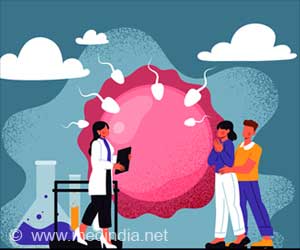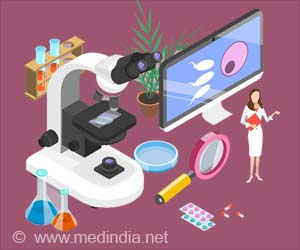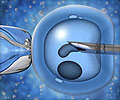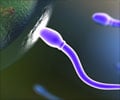- Artificial intelligence (AI) has multiple applications in healthcare, and infertility could be the next
- Sperm selection is a critical process in assisted reproductive technologies, but it is often cumbersome for embryologists to do
- A recent study shows how AI might be able to help the process
Artificial Intelligence (AI) for Sperm Selection - a Systematic Review
Go to source).
Why is Sperm Selection Important?
Millions of people worldwide face issues related to infertility. Up to 50% of these cases are related to the male factor.Semen analysis, which includes the examination of sperm morphology, motility, and DNA integrity, is critical for the diagnosis and treatment of male factor infertility. Embryologists have the daunting task of picking a single sperm from millions in a sample based on multiple factors, a cumbersome procedure full of selection errors.
Semen characteristics are powerful predictors of fertilization and pregnancy outcomes. If the study shows that the sperm parameters are not perfect, assisted reproductive technologies (ART) can be used to help the sperm cross the female reproductive tract barrier, increasing the likelihood of conception.
Improper Sperm Collection Could be the Reason Behind Low ART Rates
Because of a lack of adequate sperm selection, ART success rates have remained relatively low globally. Despite technological advances, the ultimate sperm selection is still mostly done by hand by an embryologist using World Health Organization (WHO) standards. Sperm selection is critical because intracytoplasmic sperm injection (ICSI) requires just one sperm.The WHO has established guidelines for appropriate sperm selection based on morphology, which includes sperm head length, vacuole presence/absence, circularity, and motility. However, embryologists do not have enough time to evaluate a complete sperm holistically, which may impair ART success. AI could be used to improve the efficiency of sperm selection in this case.
The Role of AI and Machine Learning in Sperm Selection
Previous research has shown that AI can consistently and efficiently identify embryos with the best developmental and implantation potential. AI can also reduce the time and effort required by embryologists for visual evaluation and manual embryo grading.Machine learning algorithms can handle massive data sets, which are equivalent to the majority of data examined during embryo evaluation. As a result, by combining genetic and visual data, this technique can be used to automate the sperm selection process. AI and machine learning algorithms implemented in the ART laboratory could considerably increase the embryologist's sperm selection capabilities.
A smooth and oval head, the lack of large/multiple vacuoles, an acrosome encompassing 40-70% of the head, the slenderness of the midpiece, and residual cytoplasm up to one-third the size of the head are all signs of favorable sperm morphology. Based on the current models, AI algorithms can standardize and accelerate sperm analyses. Furthermore, sperm morphology in conjunction with deep learning algorithms could be analyzed with a 98% accuracy.
Training AI to Finding the Suitable Sperm
The quality of the training dataset imaging influences the performance of AI and machine learning algorithms. To improve accuracy, these algorithms must be taught with more and higher-quality sperm imaging data.In some situations, sperm cells are extremely vulnerable to damage in the sperm head, resulting in chromosome abnormalities, DNA fragmentation, and telomere shortening. The DNA fragmentation index (DFI), which is critical for sperm selection, is inversely related to male fertility. To identify DNA fragmentation, techniques such as single-cell gel electrophoresis (SCGE), terminal deoxynucleotidyl transferase UTP nick-end labeling (TUNEL), and sperm chromatin structure assay are used.
Scientists created machine learning techniques by training the system using sperm pictures and DFI values. Based on the trained dataset, this standardized method can reliably evaluate the quality of a single sperm, removing any concerns about human subjectivity.
To measure sperm motility, embryologists use holographic imaging, computer-aided sperm analysis (CASA), and microfluidic platforms. CASA is a high-throughput approach for analyzing huge numbers of sperm at the sample level, however, it does not examine simple sperm motility.
This problem can be handled by creating a mathematical model based on the three-dimensional (3D) helical motion of tail beating. Scientists can examine tail-beating patterns in free-swimming sperm using high-resolution holographic imaging techniques.
To train the AI system, several data sets on sperm motility linked to CASA, microfluidic chips, and holographic imaging are combined with other male fertility factors to pick the ideal sperm for ART. Thus, the use of AI and machine learning approaches has greatly improved conception rates and pregnancy outcomes after ART.
Reference:
- Artificial Intelligence (AI) for Sperm Selection - a Systematic Review - (https://www.fertstert.org/article/S0015-0282(23)00533-2/pdf)
Source-Medindia
















